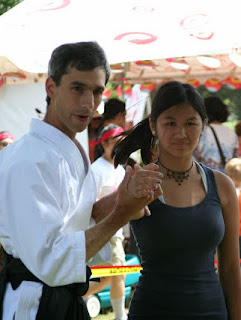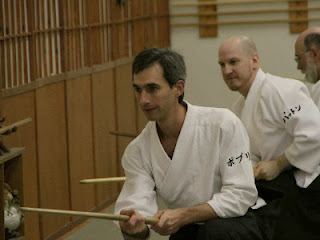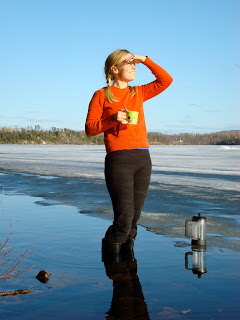 |
| On stage at TEDx Carleton College |
Click here to Tweet this message
"Relaxation is a key to optimal performance @JonathanPoppele presenting at the TEDx Carleton College conference."
And watch my TEDx Talk here on YouTubeIn preparing for my talk, I had no idea that the day of the conference would give me a powerful opportunity to practice what I was sharing. Nor could I guess how the story would unfold into my participating in an online video contest to replace a stolen kayak. Here is the story, and how you can help.
A Challenging Start to the Day
I was well prepared for my talk. I had practiced, gotten feedback from a speech coach, and rehearsed on stage a few days before. But I was not prepared for what happened that morning.I walked out of my house on October 12 in the early dawn light to find an empty parking space where my car had been the night before. Five minutes before I needed to be on the road to Northfield, I discovered my car had been stolen. In the trunk of the car was a brand new folding kayak.
 | |
| My civic. With a different boat... |
Meredith drove us down to the TEDx conference while I called the police to report my car stolen. It turned out that the police could only take a stolen vehicle report in person. No reports over the phone. I explained that I was on the road and heading out of town and asked if someone else could give the report. No, only the registered owner. What could I do? Call again when I got back. Any chance for an exception? No exceptions.
And so my TEDx day began.
A Much-Loved Kayak
 |
| Meredith in our Oru Kayak |
The Oru Kayak had sentimental value as well. I originally purchased it for Meredith's and my first wedding anniversary, so that we could go kayaking together. We both loved it and were getting a great deal of use out of it. We had one of our best Date Nights of the year out on the water together.
I was also using the kayak to do research for a book about great paddling outings in and around the Twin Cities. I have found that getting out on the water is one of the best ways for me to connect with nature here in the cities, and I want to share that experience with others. The Oru Kayak was perfect for exploring the many lakes and rivers found in every corner of the cities. Its easy to transport, easy to get in and out of the water, and easy to paddle. It's a great kayak.
The TEDx Talk Went Great
 |
| Engaged students watch my TED talk |
I decided that I would tell the audience what happened that morning--but I had no idea what I would say. When I got out on stage, the words came out naturally. I said I had been given an unexpected gift that morning. I had been given a chance to practice relaxation in the face of challenging circumstances. Once I shared about it, the events from the morning went out of my mind. The talk went off without a hitch, and got a great response from the audience. In the end, the principles and the teachings my mentors have trained me in for so many years shone brilliantly. Relaxation truly is the key to optimal performance.
The Car is Recovered (Mostly)
I got back home early that evening and called the police again. I learned that my car had already been recovered and was sitting in the St. Paul impound lot. I jumped on my bike and headed down hoping the kayak was still there. But it was not to be. The car had been cleaned out. The hood, fenders and radiator had been stripped off. The trunk and glove box had both been emptied. Even the trunk liner was gone. Only two things that hadn't been taken: my 10 year old road atlas and my business mileage log--a 3"x5" notepad that will be worth about $300 to me at tax time. I counted the blessing!I had the car towed to Phalen Park Auto, where Kwan Chen put it back together for about half the cost I was expecting. I counted another blessing. Kwan is a class act, and I highly recommend Phalen Park Auto if you need car service near St. Paul's East Side.
Hope for Replacing the Kayak
On November 1, just a couple weeks after the theft, I got another unexpected blessing. Oru Kayak launched a video contest. The winning video would receive a brand new Oru Kayak. I got a chance to replace the kayak! I had never made a video before, but I was pretty determined. Videos were due at midnight on November 30. I got mine in with a few hours to spare and was fortunate enough to have it selected as a finalist.
Now the 5 top videos are posted
on the Oru Kayak website for the public to vote on. The video that gets the most votes by
December 31 wins. And now, once again, things are out of my hands. I have a chance to replace Meredith's and my much-loved Oru Kayak--but only with the support of friends, family, and many people I might never meet. If you would like to help me, here is what you can do:
 |
| My video: Fold Into Nature |
- Follow this link to visit orukayak.com and vote for my video titled Fold into Nature
- Share this story with as many people as you can!
You can share this blog using the buttons below
With your help, I can replace my Oru Kayak and be back on the water and back to work on my book when the lakes thaw here in Minnesota.








